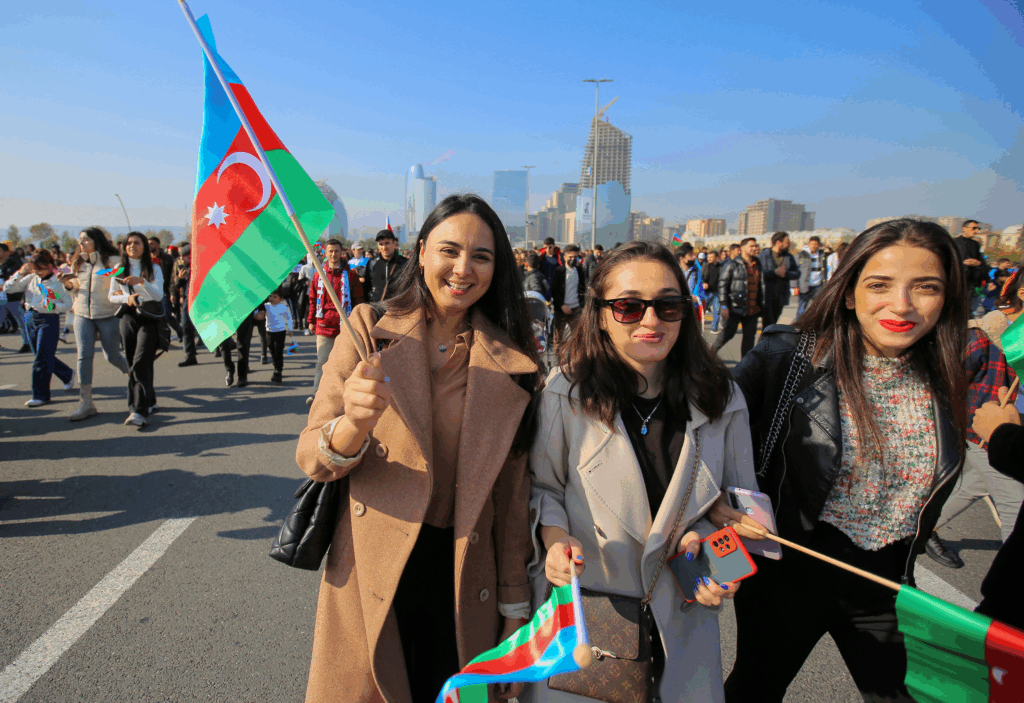Certain countries stand out for their unique gender imbalances countries with a lot more women while traditional notions of gender ratios tend to favor an equal distribution, these ten nations defy the norm with a significant surplus of women over men. Factors such as historical events, social dynamics, and economic opportunities have contributed to these disparities, offering a captivating glimpse into the intricate interplay between culture, history, and modern life In This Article we explore 10 Countries With A lot More Women Than Men

1. Armenia 54.3%
Armenia’s tumultuous 20th-century history, marked by Soviet rule and conflicts with neighboring nations, has left enduring scars. The gender imbalance in Armenia is deeply rooted, with historical events shaping its population dynamics. The aftermath of the Armenian Genocide during and after World War I significantly impacted the male population. Under Turkish-Ottoman rule, mass executions and forced marches resulted in the death of 1.5 million Armenians, primarily men. These atrocities led to the coining of the term “genocide.
